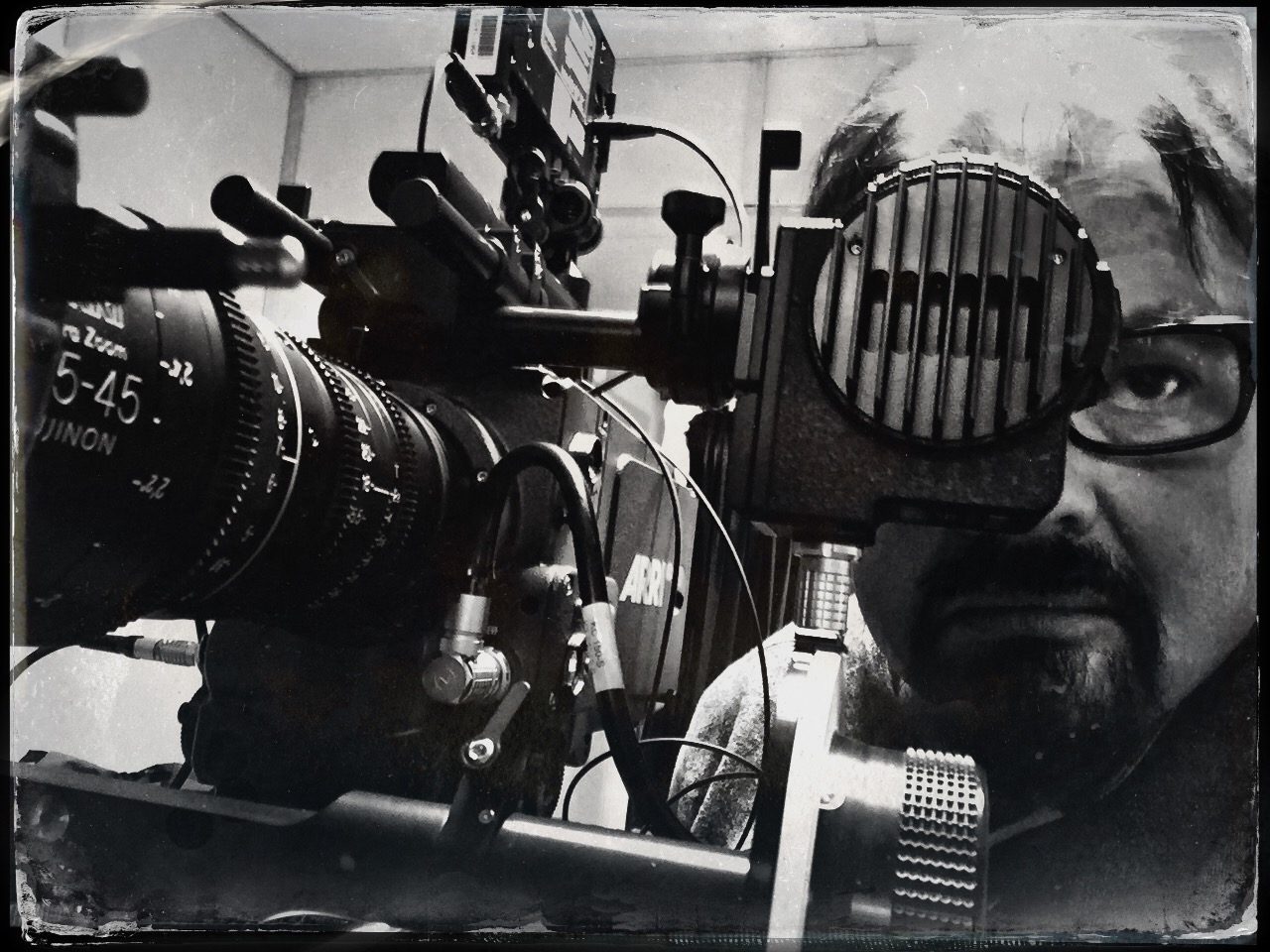Flashbacks in films: The Lives of Others (2006)
Contains spoilers
The only permissible manipulation of story order is the flashback.(Bordwell, Staiger and Thompson, 2002)
Flashback …”any shot or scene that breaks into present-time action to show us something that happened in the past”.(Bordwell, 2009)

The Lives of Others (2006) a film by Florian Henckel von Donnersmarck. The opening sequence is a flashback to 1984 and to the interrogation of prisoner 227 who is suspected of being complicit in the escape of his neighbour from East Berlin to the West. As the film opens with this sequence the spectator is not initially aware that they are watching an event from the past, a memory of Heuptmann Gerd Wiesler, (HGW) played by Ulrich Mühe. As Bordwell says “You can begin the film at a climactic moment; once the viewers are hooked, they will wait for you to move back to set things up. You can create mystery about an event that the plot has skipped over, then answer the question through a flashback.” (Bordwell, 2009) In the flashback we see the interrogation of prisoner 227 from the start, meeting HGW for the first time.

The flashback ends with a jump cut to a close up of a period design, reel to reel tape recorder, as the pause button is depressed the camera tilts up to reveal a classroom and HGW is teaching a class the process and methods of conducting an interview to a classroom of students. As HGW presses the play button on the tape recorder and the timeline jump cuts back into the flashback of the continuing interrogation of prisoner 227, it is much later in the interrogation process , prisoner 227 is tired and struggling to remain awake and the interrogator is actively preventing the prisoner from sleeping. Exiting the flashback to the visual of the tape recorder again with the camera zooming out to reveal the classroom once more.

HGW asks the students a question regarding what they have heard on the tape, the prisoner is word perfect according to HGW this means the prisoner is lying having rehearsed his statement and his demeanour is wrong for an innocent man, he is docile also an indication that he has something to hide, a subject that was innocent would have been confused and angry at being interrogated. The camera follows HGW as he restarts the tape.

The flashback continues in the interrogation room as prisoner 227 breaks down and confesses, giving up the name of the person who facilitated his neighbours escape. Exiting the flashback with a jump without the visual of the tape recorder but straight to the classroom, HGW asks the students what else did they hear? jump cut back to the interrogation room where HGW is observed to be dismantling the seat of the prisoner’s chair, removing the seat cover and placing it into a sealed jar. Jump cut back to the classroom the visual of the tape recorder appears to have been abandoned. HGW tells the class that it is the sound of the scent sample being removed and stored for the tracker dogs to be able to follow the scent should the prisoner escape. The scene closes with the sound of applause coming from HGW’s boss standing in the doorway, which is soon joined by the clapping from the students as the lesson ends.

The convention established in the early scenes of the flashbacks being initiated and ended with the visual of the tape machine being played and paused was abandoned in the later scenes. This can be explained on the basis that as the spectator becomes aware of the convention for the flashbacks the jumps between the classroom and the interrogation room have become established by the change in the location and subject and the visual clues of the tape machine, the pressing of play to go into the memory of the interrogation and the operation of the pause button to stop playback and to re-enter the current timeline in the classroom becomes unnecessary. Bordwell says “Once flashbacks had become solid conventions, Sturges could risk pushing them in fresh directions.” (Bordwell, 2009) in reference to Preston Sturges script for the film The Power and the Glory (1933) an early example of a film that utilises flashbacks.
Bibliography
- Bordwell, D. (2009) Observations on film art : Grandmaster flashback. Available at: http://www.davidbordwell.net/blog/2009/01/27/grandmaster-flashback/ (Accessed: 12 March 2020).
- Bordwell, D., Staiger, J. and Thompson, K. (2002) The classical Hollywood Cinema Film Style & Mode of Production to 1960.
Technical Specs (IMDB)
Runtime 2 hr 17 min (137 min)
Sound Mix Dolby Digital
Color Color
Aspect Ratio 2.35 : 1
Camera Arriflex 535B, Hawk C- and V-Series Lenses
Laboratory CinePostproduction Geyer Berlin, Germany
Film Length 3,759 m (Sweden)
3,800 m (Portugal, 35 mm)
Negative Format 35 mm (Kodak Vision2 250D 5205, Vision2 500T 5218)
Cinematographic Process Hawk Scope (anamorphic)
Printed Film Format 35 mm


